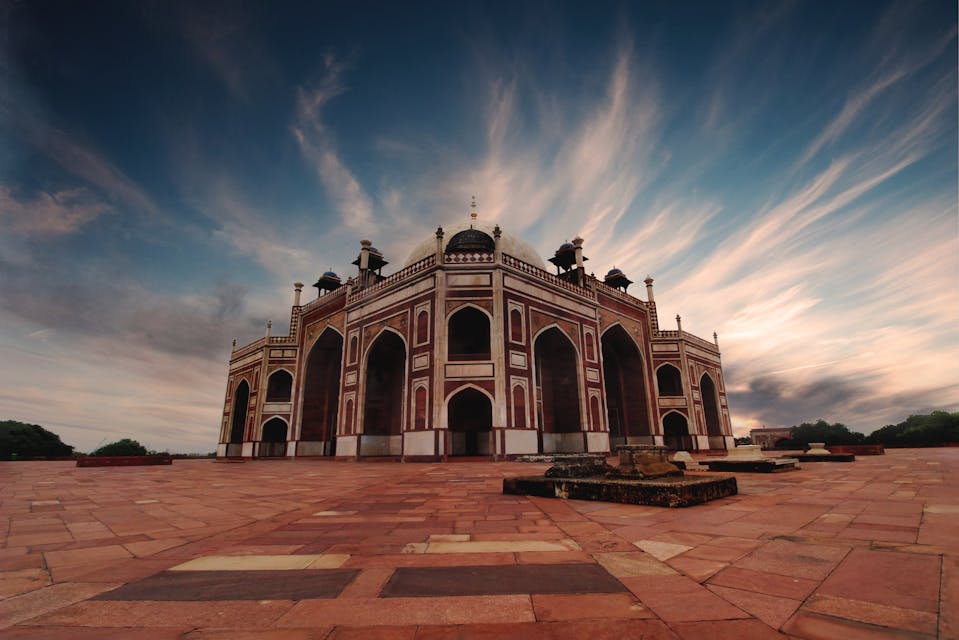The History of Delhi's Iconic Chandni Chowk

Delhi, the capital city of India, is a treasure trove of history and culture. One of its most iconic and vibrant areas is Chandni Chowk. With its bustling streets, aromatic food, and historical significance, Chandni Chowk is a must-visit destination for anyone exploring Delhi.
Origins and Meaning
Chandni Chowk, which translates to “Moonlit Square,” was built in the 17th century by the Mughal Emperor Shah Jahan. It was designed as a market square, with a central pool that reflected the moonlight, giving the area its name. The pool, unfortunately, no longer exists, but the charm and energy of Chandni Chowk remain intact.
Historical Significance
Chandni Chowk has witnessed centuries of history and has been witness to the rise and fall of various empires. It was an important center of trade and commerce during the Mughal era and continued to flourish under subsequent rulers. The area was known for its opulent mansions, bustling bazaars, and grand havelis.
Architectural Marvels
Chandni Chowk is home to several architectural marvels that showcase the rich history of Delhi. One such landmark is the Jama Masjid, one of the largest mosques in India. Built by Shah Jahan, it is a magnificent structure made of red sandstone and white marble. The mosque’s towering minarets and intricate carvings are a sight to behold.
Another notable monument in Chandni Chowk is the Red Fort, which served as the residence of the Mughal emperors. Its imposing red sandstone walls and intricate architecture are a testament to the grandeur of the Mughal Empire.
Food and Culture
Chandni Chowk is also famous for its delectable street food. From mouthwatering kebabs to spicy chaat, the narrow lanes of Chandni Chowk are a paradise for food lovers. The area is also known for its traditional Indian sweets, with shops like Ghantewala and Kuremal Mohan Lal Kulfi Wale serving delicious treats for generations.
The bustling streets of Chandni Chowk are a melting pot of different cultures and traditions. The area is home to various temples, gurdwaras, and Jain temples, reflecting the religious diversity of India.
Shopping Paradise
Chandni Chowk is a shopaholic’s paradise. The narrow lanes are lined with shops selling everything from traditional Indian attire to jewelry, electronics, and spices. The market is particularly famous for its bridal wear, with shops like Dariba Kalan offering exquisite wedding jewelry and attire.
Conclusion
Chandni Chowk is not just a market; it’s a living testament to Delhi’s rich history and vibrant culture. Exploring its narrow lanes, indulging in its delicious food, and marveling at its architectural wonders is an experience that should not be missed. So, the next time you visit Delhi, make sure to take a stroll through the iconic Chandni Chowk and immerse yourself in its timeless charm.

